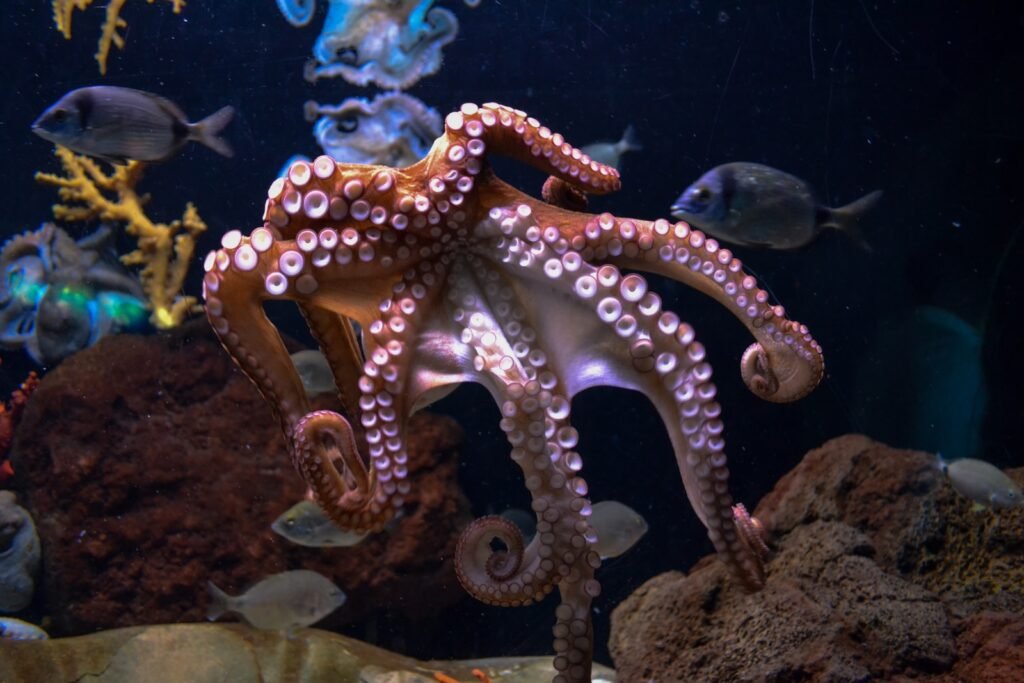
/182147638-56a006d35f9b58eba4ae8c3e.jpg)
These predators use their eight arms to grab prey, and then bite it with their parrot-like beak. Some research also suggests that they can capture and eat small sharks. They also commonly feed on shrimp, clams, snails, lobsters, fish, scallops, cockles, abalone, and even other octopuses.

This species of octopus, like all species of octopus, are particularly fond of crabs. They also range across the Bearing Strait to northeast Russia, down to China and Japan. You can find Pacific octopus off the western coast of the United States and Canada, and up along the southern coast of Alaska. It lives in coastal areas, mostly in seas that are shallower than 330 ft. Distribution of the Pacific OctopusĪs their name would suggest, this species inhabits the Pacific Ocean. Their dens provide them with a place to hide from predators, and the octopuses can even provide further protection by building walls and covers for their dens. These creatures live on the seafloor, and use crevices, rocky outcrops, and other structures as dens. They inhabit areas close to the coast, and will roam to around 330 ft. These octopuses live in relatively cold waters in the Pacific Ocean. In fact, many aquariums use this type of activity as a form of mental stimulation to keep the octopuses busy! To show their appreciation, they can recognize their caretakers and change color/texture at their approach! Researchers have documented this octopus’ ability to compete puzzles, and to open objects to reach the food inside.
#OCTOPUS FACTS SKIN#
Like its other close relatives, the octopus has pores under the skin called chromatophores.


 0 kommentar(er)
0 kommentar(er)
